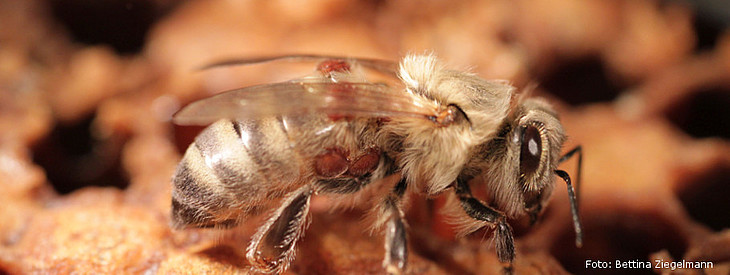Honey bees are indispensable pollinator for the ecosystem as well as for agricultural production. For both,
honey bees and beekeeper the worldwide distributed parasitic mite Varroa destructor represents the
greatest threat. Varroosis has been proven to be the main driver for periodic colony losses and economic
damage. Currently, there is no satisfactory treatment available that meets all requirements of the
beekeeper. With the discovery of lithium chloride (LiCl) we present a new active substance with a high
varroacidal potential combining a high efficacy against varroa mites with a good tolerability for bees. Due to
the systemic mode of action LiCl can be easily applied. The main objective of the project is to develop a
practicable application for this new compound in order to reduce colony losses and economic losses of the
beekeeper. For this purpose, we will focus on the following aspects:
1. The LiCl treatment of brood-free honey bee colonies will be developed to the point of practical
application.
2. The higher sensitivity of the honey bee larvae to LiCl requires a new application method for the
treatment of colonies with brood.
3. State of the art molecular techniques including genome wide expression analysis shall contribute to
the understanding of the mode of action of LiCl.Using a new analytical method, we will quantify the distribution of lithium within the tissues of bees and mites. This will help to (i) optimize the application technique and (ii) represent an important tool for the development of new active compounds.
In sum, our project work should establish a basis to register a suitable application of this new varroacidal compound as a veterinary product and therefore, contribute to the solution of this worldwide problem.

